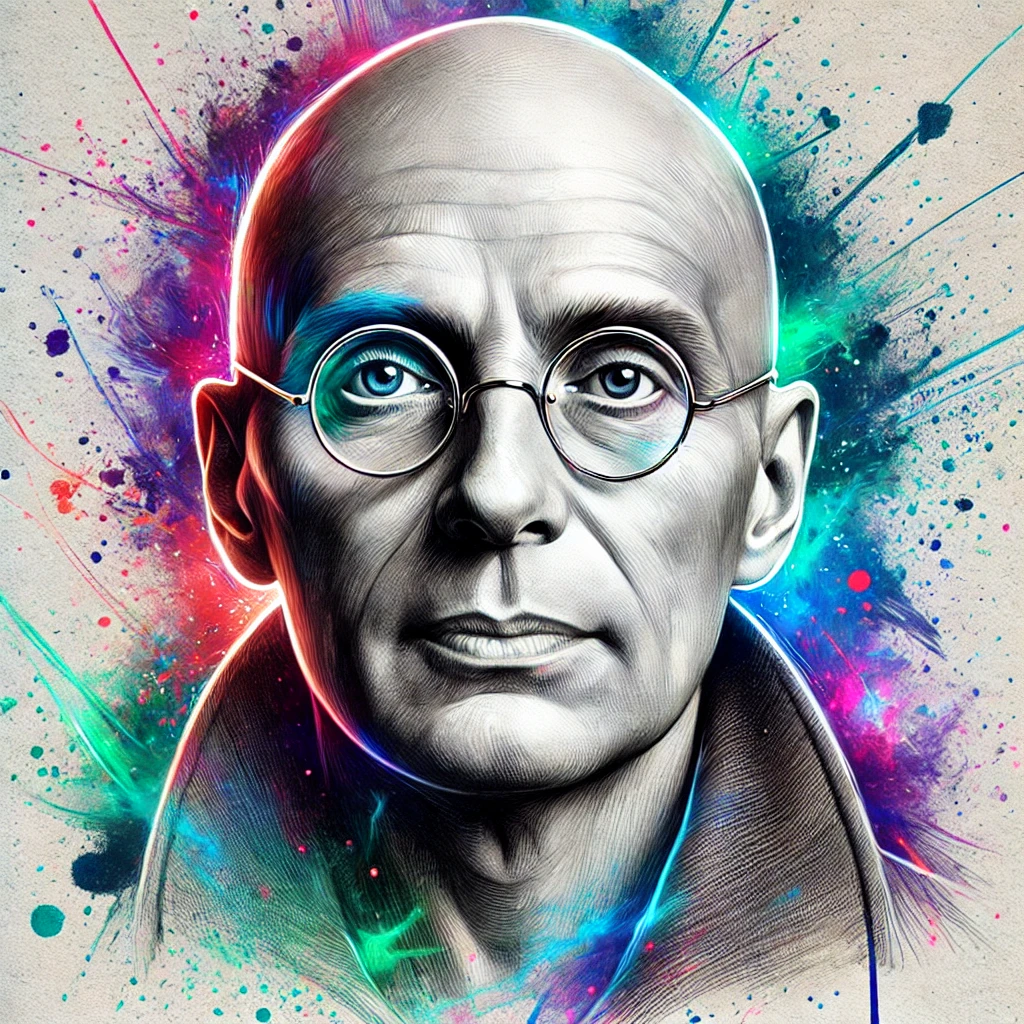Georg Simmel (1858-1918)
Among the great early sociologists, Simmel was the most interested in identifying universal patterns in human behavior. Whereas Marx and Weber wanted to understand what made a particular society operate, Simmel concentrated on developing what is almost a mathematics of society: a collection of statements about human relationships and social behavior that apply irrespective of the historical setting. He has influenced a whole range of modern theorists who are similarly interested in interpersonal relationships, including some conflict theorists, symbolic interactionists, exchange theorists, structuralists, and network analysts.
Simmel’s sensitivity to how human relationships form and change was related to his own background and his feelings of insecurity and rootlessness. He was born in Berlin, the youngest child of a Jewish businessman who had converted to Christianity. His father died when Simmel was still a child, and the boy was never close to his mother. He studied history and philosophy at the University of Berlin and stayed on there as a Privatdozent, an unpaid lecturer dependent on student fees. His lectures were enormously popular, and he published widely. Among his friends were many of the foremost academics and writers of the time, including Weber. Yet although he applied constantly for senior positions in German universities, he was constantly turned down, partly because of anti-Semitism and partly because he refused, in his work, to stay within a single academic discipline. It was only in 1914, at the age of fifty-six, that he was appointed finally to a chair at the University of Strasbourg.
The most important part of Simmel’s analysis for later conflict theory is his insistence that association and conflict between individuals and social groups not only can exist side by side but indeed are intimately related. One cannot divide people neatly into self-contained groups, with common interests which are different from those of people in other, self-contained, antagonistic groups. Marx’s image is of a society divided horizontally into antagonistic blocks; Simmel’s is of a society integrated by numerous crosscutting conflicts, in which those who stand together in one respect are opposed to another.
Simmel’s insistence that “social action always involves harmony and conflict, love and hatred” did more than reinforce the tendency of “analytic” conflict theorists to consider conflict a permanent condition. It also alerted them to the way varying degrees of social contact and interdependence affect the nature of the conflict. For example, Lewis Coser’s discussion of how conflict can actually stabilize a society is based directly on Simmel’s writing.


